Barberry Thunberg "Coronita": description, planting and care

Barberry Thunberg "Koronita" is an unpretentious, but very beautiful shrub, which is an adornment of any site. Gardeners appreciate it for its rounded crown shape, a scattering of light orange flowers and bright red fruits.
Peculiarities
Barberry Thunberg "Koronita" is a beautiful shrub, reaching a height of 50 centimeters to one and a half meters. The description of Coronita should start with the fact that the culture forms a beautiful rounded crown with a diameter of 1.2 to 1.4 meters. The roots are located close to the surface. Shoots are covered with red thorns with a length of 0.5 to 2 centimeters. The leaves, which grow up to 2.5-3 centimeters in length, have a beautiful ovoid shape and an even border. The plate is only a centimeter wide.
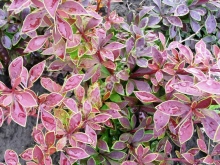
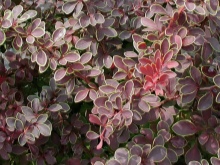
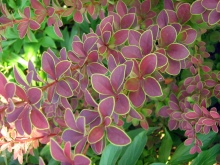
The plate itself has a brown color, but the border is close to yellow-green. Red buds grow only up to 5 millimeters. Vertical shoots bend over time. Barberry flowers grow in May either singly or in clusters. Light orange, and sometimes just yellow flowers bloom for only two weeks, but in October bright, but inedible fruits of an oblong shape and a bright red hue appear on the bush.
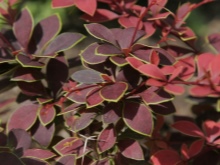
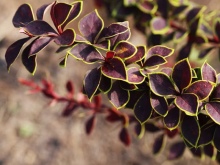
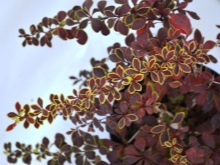
Planting and leaving
Barberry "Koronita" grows best on loose soils, namely sandy loam and loam. The acidity level cannot go beyond 5–7.5 units. In addition, soil drainage should not be forgotten. The culture will develop poorly with an excess of moisture, for example, in wetlands, and where groundwater is close or stagnant is often formed after melting snow. Though best of all "Koronita" manifests itself on fertile lands, its quite acceptable development is possible in arid or impoverished areas.
High-quality lighting throughout the day is mandatory, because even a light shade for several hours will lead to a deterioration in the quality of the plant.
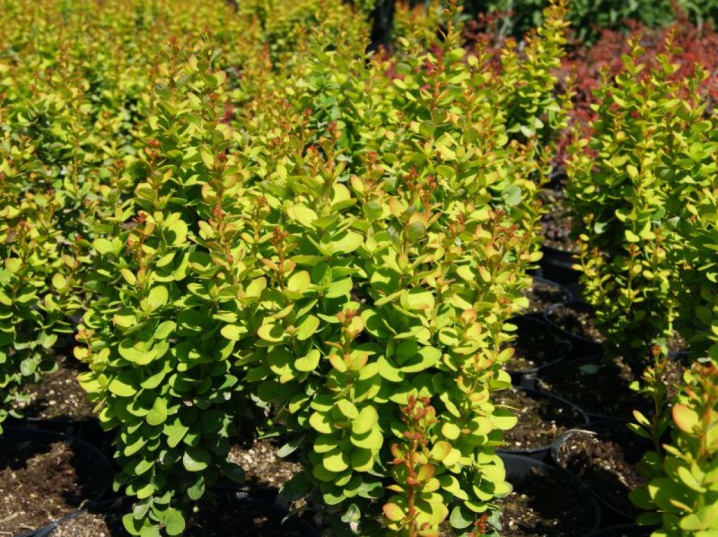
Planting barberry Thunberg on open ground is carried out in early spring or autumn. Previously, containers with seedlings are kept in water for some time so that the soil is nourished, and the culture is removed without any damage to the root system. Between individual landings, it is necessary to maintain a gap of 1.6 to 2.2 meters wide. If the barberry is to become part of the hedge, then this gap is reduced to a length of 50 to 60 centimeters.
The depth of one hole is from 40 to 50 centimeters, and its diameter is equal to the same indicators.

Drainage is laid out in the pit, then a soil mixture consisting of part of sand, part of humus and two parts of sod land. The seedling is placed on a mound formed from the substrate in such a way that the root collar rises above ground level by about 4-5 centimeters. The roots are covered with earth, after which the plantings are watered and mulched. It is immediately recommended to cut the shoots so that 3 buds remain.
For the first month, the barberry will need to be watered once a week or 10 days. Next, you should be guided by the state of the soil. A rainy summer makes it possible, in principle, to do without irrigation, and in hot weather it is necessary to pour out water approximately once a week. The trunk circle is necessarily periodically loosened and cleaned of weeds.In spring, complex fertilizers are applied or humus with compost. Before the winter season, you will need to mulch using peat, compost and humus.

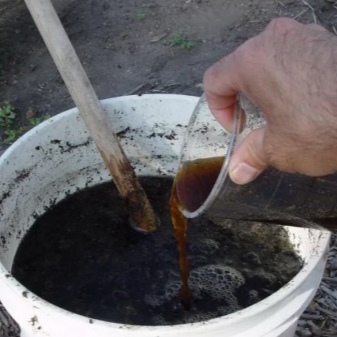
Pruning is best done in early spring, before the juices begin to move. In principle, there is no need to form a crown, but if you wish, you can give the barberry a decorative look. The hedge will need to be adjusted throughout the season. In autumn, old bushes are freed from almost all shoots for complete rejuvenation. Sanitary pruning will need to be done in mid-spring to remove frostbitten parts and otherwise damaged shoots from the shrub.
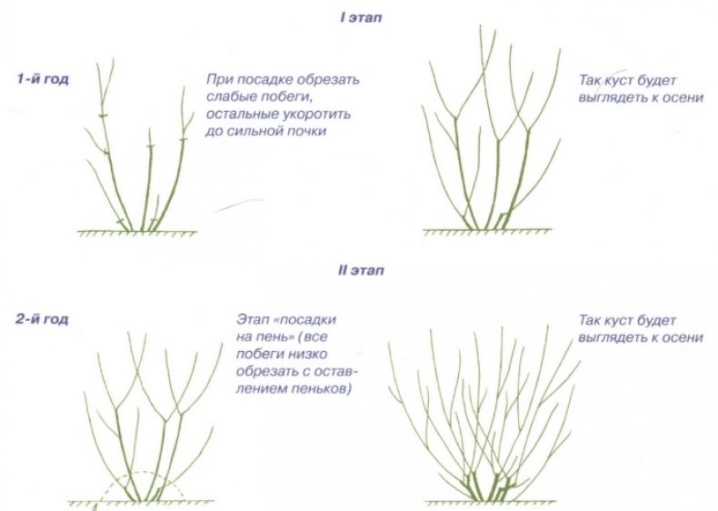
Reproduction methods
To propagate the Thunberg barberry "Koronita" will work in all possible ways. The division of the bush is carried out in the spring, as soon as the soil warms up, or in early autumn before the onset of frost. The mother bush is dug out, after which it is divided with a sharp tool.
It is important to ensure that each part has a sufficient number of roots, as well as 4 to 7 shoots. The finished cuttings must be immediately planted in a new place.

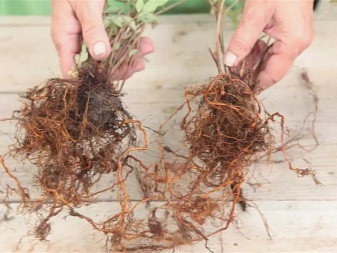
Reproduction by layering is also recommended in the spring. The lower branches are covered with earth so that their tops remain above the ground surface. Additionally, the bends are fixed with metal brackets. With regular irrigation, shoots should appear in a couple of weeks. The land next to them loosens a little, and irrigation is set at the mark once a week. Layers are planted in a new place either in the spring or in the fall. The shoots that appear on the roots can be cut off immediately and transplanted to a new place immediately, provided there is a well-developed root system.
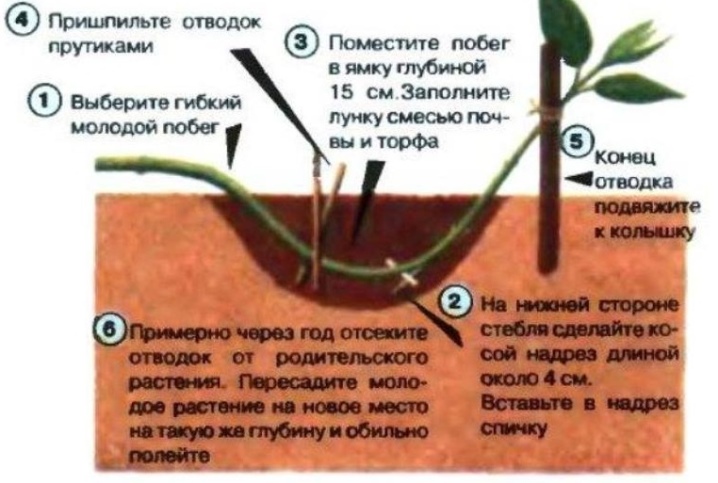
When choosing cuttings, you can choose two types of cuttings: either green or partially woody. Green shoots are separated from the bottom of the mother bush with a sharp knife at an angle of 45 degrees. If they are partially stiff, then fifteen-centimeter branches are simply separated from the bush.
It is advisable to treat the cuttings with growth stimulants that help the emergence of the root system.
Planting is carried out in a mixture of sand and non-acidic peat, with the sand being laid out on top, and the peat forming the bottom. On top, the cuttings are closed with a plastic dome, after which they are regularly irrigated. Planting cuttings in open ground can be carried out in spring or autumn.
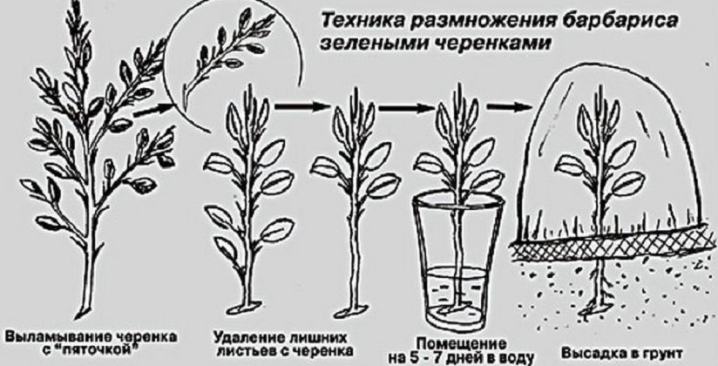
Seeds of barberry "Koronita" do not differ in particularly good germination, but you can still use them. The material is preliminarily kept for 3 months in the refrigerator, soaked in a weak manganese solution for several minutes, and then planted either in a container or in open ground, but only in autumn.
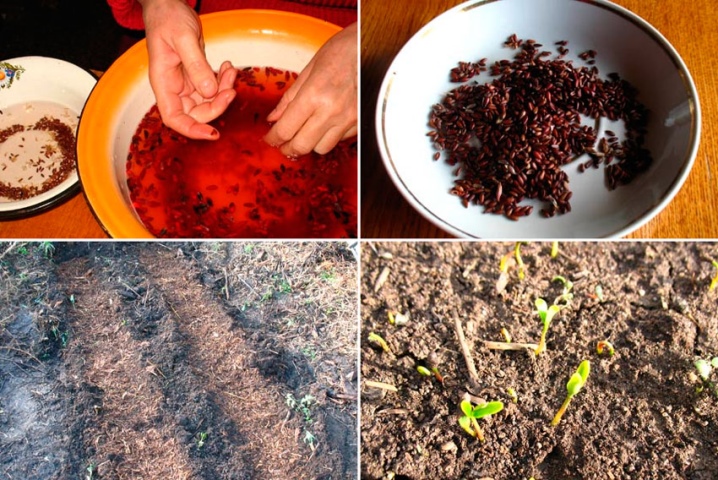
In principle, the barberry "Koronita" has good frost resistance, so it is able to survive the cold, reaching -30 degrees without a special shelter. However, you should be prepared for the fact that the northern winds are still able to damage the tops of the shoots one year old.
Before going into hibernation, the shrub must be mulched or covered with ordinary soil, creating elevations 10–12 centimeters from the level of the root collar. In winter, plantings can be insulated with ordinary snow, but with the onset of spring, it will be necessary to quickly remove the soil, waiting for the precipitation to melt.
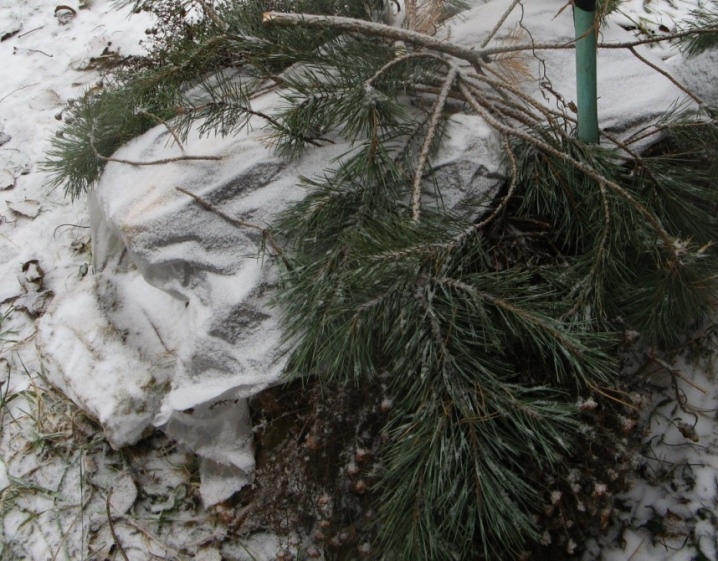
Diseases and pests
Barberry "Koronita" is exposed to fairly common diseases and pests. In most cases, the plant can be safely saved. Barberry aphid affects bush leaves, which are deformed at first, and then dry up. A soap solution, prepared from 300 grams of a household bar, dissolved in 10 liters of water, will help to cope with the insect.Additionally, you can supplement the drug with 500 grams of shag and use the resulting liquid to spray the plantings.
The fruits of the "Koronita" can be eaten by the flower moth. Only a suitable insecticide can cope with it, for example, chlorophos from 0.1% to 0.3%.
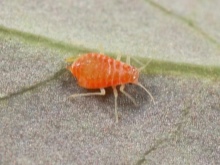
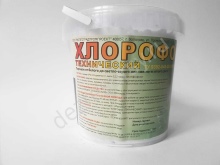
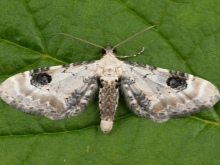
Sometimes the Thunberg barberry is sick with powdery mildew. Its main symptom is an unpleasant whitish bloom on both sides of the leaf plates, berries and even shoots. In the autumn period, black formations are formed, which make it possible for the fungus to overwinter. For treatment, you will need colloidal sulfur of the required percentage or sulfur-lime broth, which is applied every 2-3 weeks. The most affected parts will need to be cut off and must be burned. If orange spots appear on the bush, then we are talking about rust, which Bordeaux liquid successfully copes with.
If "Koronita" is covered with brown or yellow spots, and then the leaves began to fall off, then it is worth treating the culture with copper-containing preparations.



Use in landscape design
In the garden, the Thunberg barberry "Koronita" is most often used as an accent. It can be a contrasting spot in a coniferous composition, part of a rock garden, or the main part of a hedge or border. It will grow into a full-fledged border, by the way, it will take from 6 to 7 years. It is impossible without barberry and the design of the garden plot in the oriental style. It should also be mentioned that the barberry lends itself well to shaping, so skilled gardeners can transform the shrub into an original shape.
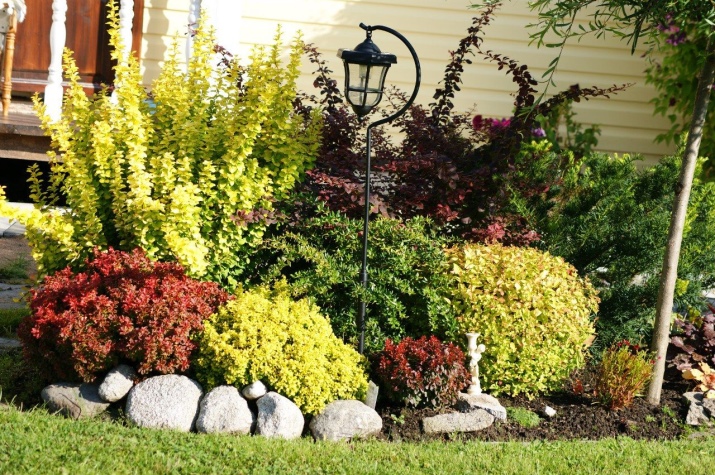
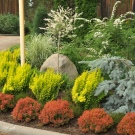
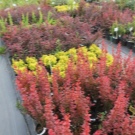
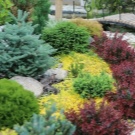

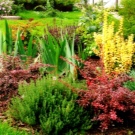
How to care for this variety of barberry, see below.



































































The comment was sent successfully.